
Sally-chan
-
Posts
16 -
Joined
-
Last visited
Content Type
Profiles
Forums
Store
Help Articles
Posts posted by Sally-chan
-
-
I'm thinking that we may go your route serving kombu rolls without the filling. And thank you for the tips on keeping the sweet potatoes yellow. The first time I made them they turned a horrible gray. This year I did try to make the sweet potatoes chakin-shibori style - my technique still needs work.
I will have to try the yellow okowa. It sounds delicious and I imagine the contrast of yellow and black colors to be striking. I've been trying to procure the beans to make amanatto. My best guess is shiro hana mame (my mom just emembers what they look like, but not the name), but am not having much luck procuring them. I might just make them with black beans and try the yellow okowa.
-
On 1/1/2017 at 1:54 AM, helenjp said:
Osechi (food for New Year in Japan) for 2017
The jubako (lacquered set of boxes) has:
Vegetables on the bottom layer (burdock root with ground sesame, kelp rolls, devil's tongue root twists, asparagus, simmered dried shiitake mushrooms)
Meats in the middle layer (my husband's favorites - ham, nibuta pork roll, thickened omelet roll, and vinegared chrysanthemum petals and turnip slices). This layer doesn't look very decorative, does it!
Mostly traditional goodies on the top layer (black beans in syrup, octopus in vinegar, datemaki egg and fish paste "cake" roll, chrysanthemum greens with sesame, sujiko salted salmon roe, vinegared little shad fish pickled in millet, steamed grilled fish-cake, honey gravlax, squid and salted smelt roe
The lid of the box - it has a pine tree motif.
Sweet potato mashed with syrup and mixed with chestnuts....I absent-mindedly forgot a step, so it's not as yellow as it should be.
Dishes of vinegared shreds of daikon giant radish and carrot, topped with sujiko salted salmon roe
Sticky rice and red cowpeas, topped with toasted sesame seeds and salt
Clear chicken and dashi soup with fish sausage, chicken, snapper, carrot, sato-imo (a type of taro), daikon giant radish, Japanese dividing onion naga-negi, mustard greens, fish sausage, and dried shiitake mushrooms...but no grilled mochi (rice cakes) this year.What a gorgeous spread! This is what we served this year. I had a similar issue with my kuri kinton last year, but it was much worse. This year I was able to find kuchinashi no mi which did the trick. We also had ozoni and dashimaki tamago not pictured. The kobumaki was a bust this year, we used fresh salmon and it tasted a bit dry. Will try and procure dried herring next year. I also hope to try a variation of sekihan using amanatto that my mom mentioned (she's from Hokkaido) that I have never tried. I think my husband would love the second layer of your box- thanks for the inspiration!
-
 2
2
-
-
Ader1, You might try bok choy as a substitute for napa cabbage. Also, Maangchi has a kimchi recipe using green cabbage (http://www.maangchi.com/recipe/yangbaechu-kimchi). I suspect the texture would be crunchier than napa. Let us know how things turn out for you.
-
If you are looking to purchase online, japansuper offers the shaved dried sardines. http://japansuper.com/cgi-bin/htmlos.cgi/002435.9.167690857416980944.
Marukai offers the shaved mackerel, although I have not purchased from them. http://www.marukaiestore.com/p-2418-m...
I'm enjoying reading your posts, glad to hear that it has been worth the effort. -
Here is Hiroyuki's version of tonjiru from his web site. http://tinyurl.com/p4hvbsk For other recipes, you can choose from a number of websites for Japanese recipes, but Cookpad (https://en.cookpad.com/) just launched an English version of their website. Lots of ideas for Japanese home cooking. You'll find recipes for tonjiru and kenchin jiru...or just type in burdock root (gobo) for other ideas. And here's a recipe for chikuzen ni. http://tinyurl.com/orpxyyq
-
There are some Korean recipes on the web you can try before purchasing a book. http://www.maangchi.com/recipe/napa-cabbage-kimchi or http://aeriskitchen.com/2009/01/napa-cabbage-kimchi-%EB%B0%B0%EC%B6%94-%EA%B9%80%EC%B9%98baechu-kimchi/ are places to start. Although I have enjoyed the Momofuku cookbook, I found the kimchi too sweet for my taste. I've been influenced by my mom's Korean friends that make a spicier kimchi.
Making kimchi is a fun weekend project. For me, the joy of making my own kimchi is that I get to eat both fresh kimchi (which I really enjoy) as well as the fermented/funky kimchi. I find cucumber kimchi to be very refreshing in the summer. You may also want to take a peek and see if there are any tips in the Elsewhere in Asia/Pacific: Cooking & Baking forum. Good luck and let us know how your adventures go.
-
I’ve been reading quite a bit about shio koji and finally got around to cooking with it. “Shio-koji is koji that has been fermented in salt. It is a live food that is rich in enzymes and brings out the umami in foods. It can be used in place of salt in any dish or as an ingredient in sauces. The saltiness is mild and sweet. Using shio-koji instead of salt will lower the overall salt content in your food. With shio-koji you get the same salty flavor with less than 50% of the salt content.” http://www.kojiya.jp/shiokoji/index.html
“Koji is steamed rice that has been innoculated with koji spores (Aspergillus oryzae) and incubated to allow the fungus to grow. Rich in enzymes, koji is the key ingredient in all the basic foods of the traditional Japanese diet. It is used as a starter to make miso, soy sauce, sake, shochu, mirin and vinegar.” http://www.kojiya.jp/koji/index.html
Has anyone experimented with it? So far I’ve made salad dressing, cucumber pickles and grilled chicken thighs with shio koji. It tenderized the meat and added a savory and subtly sweet taste. I have some soft boiled eggs that will rest in the fridge for three days before I try it. Next up tofu, salmon and karaage.
Any other ideas on how to use this product? I’m so excited by it that I bought kome koji so I can make some shio koji myself. I look forward to hearing how others are using it.
-
If I'm not too late, I'd love a copy too, Darienne! sally@sallyandbrad.com. Thanks so much!!
-
In Minnesota during the summer, Sheperd's Way Farms, offer a wonderful sheep's milk ricotta that they sell at the farmer's market. On the days they have it, it sells out quickly.
Additionally, my cheese shop just started offering a sheep's milk ricotta from Bellwether farms, but I've not had a chance to try it yet.
-
Here's a recipe for you to use as a starting point. http://www.bento.com/trt-shabu.html It comes from Japanese Cooking: A Simple Art by Shizuo Tsuji. There really aren't exotic ingredients required. The most difficult ingredient to find may be konbu, but you can still make Shabu Shabu without it. We like to make it with very thinly sliced ribeye (rather than variations with lamb or pork) which is readily available at our local Asian market, but you can partially freeze the meat and slice it yourself of have your butcher slice it for you. The communal aspect of the dish is especially nice to bring the family together or for entertaining guests. Let us know how it turns out. Ganbatte kudasai!
-
C. sapidus,
I just wanted to thank you (and Chris Hennes) for taking the time to give us feedback on the recipes you've tried so far. I just tried Millie Chan's Chili Shrimp (I used jalapeno) based on your recommendation. The dish is definitely a keeper and something I'd make again. I plan on trying the salt and pepper shrimp next, but I'm not sure how my husband will take to eating the shrimp shells.
-
Thanks for bumping up this thread. I enjoy eating konnyaku and would love to learn some new recipes other than my standards. One of my favorite ways to eat it has not been mentioned yet. Konnyaku no kinpira. Here's a recipe from Gaku Homma's "The Folk Art of Japanese Country Cooking: A Traditional Diet for Today's World." The original recipe can be found on Google Books, but here is the recipe paraphrased: Break konnyaku cake (ita konyaku- my preference is to use the brown yam cake)into bite size pieces with fingers, boil 5 minutes, cool in ice water to cool, drain and shake off excess water (or shirataki noodles that are rough chopped rinsed and drained).Heat sesame oil, add konnyaku and shiitake (cut in slivers and presoaked) and saute for about 5 minutes. Add a mixture of soy, mirin or sake, dashi (1T, 1T and 2T) and dried red chili (I used flakes) at high heat until liquid is absorbed and garnish with black sesame seeds. Just typing this makes me want to make some. Hope you enjoy!
-
This is a paraphrased Recipe from Tsukemono Japanese Pickling Recipes. I have not had a chance to try this yet. I'm thinking it might be a fun winter project.
Hang daikon out to dry in the sun (2-3 weeks) until you can curl it into a U shape. Soften daikon by rolling it on a cutting board. In a bowl add nuka, salt, brown sugar and dried chili peppers and sun-dried fruit peels (persimmons or apple). Add some nuka to container, add konbu, add daikon and add greens to fill in any spaces. repeat layers and end with nuka on top. cover top with dried greens. weigh down daikon. In 5-6 days if liquid rises to surface, decrease weight to half. If there is no liquid, add more weight. Ready in 1 month as asa-zuke and 2 months the flavor should be fully ready. Ganbatte kudasai.
-
The Essential Cuisines of Mexico combines The Cuisines of Mexico, The Tortilla Book, and Mexican Regional Cooking.
-
I am also a fan of imagawayaki, although I use a taiyaki mold (nostalgic- we ate these as children in Japan). If you don't have a mold, you can just make dora-yaki. I like Shizuo Tsuji's recipe from Japanese Cooking: A Simple Art. Beat 3 eggs, and then beat in 2/3 c sugar and 1 T light corn syrup until whitish and stringy. Stir in 1 1/2 c all purpose flour in several additions. Mix in 1 t b. powder and stir in 2/3 c water in several additions and beat until batter is smooth. I quite enjoy this filled with tsubushi-an (sweet red beans), but pastry cream is delicious as well. Cooking with Dog has a similar recipe and shows the technique and another variation on the filling (beans with whipped cream). http://www.youtube.com/user/cookingwithdog#p/u/8/11rMEA0_L8c Good luck (ganbatte kudasai)!

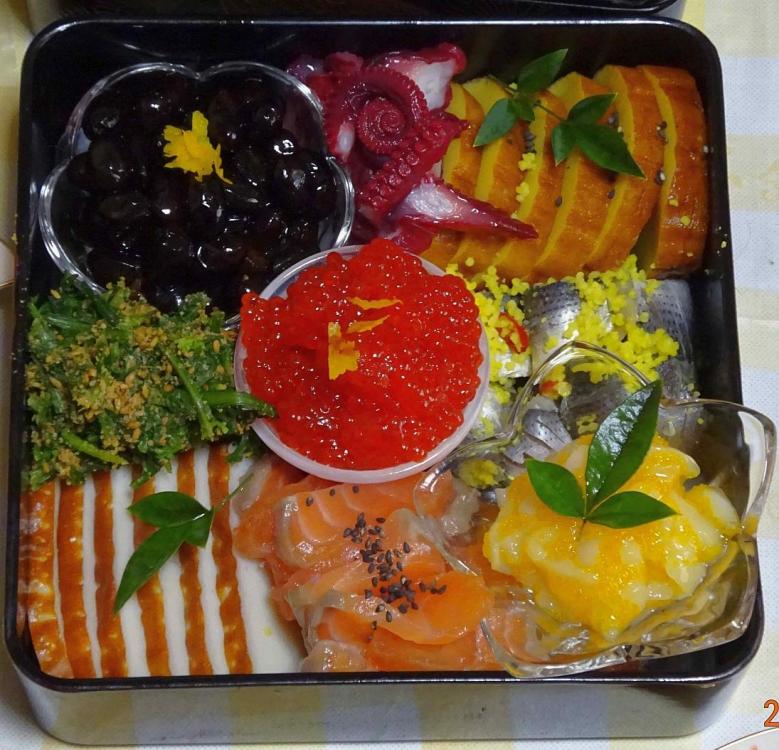
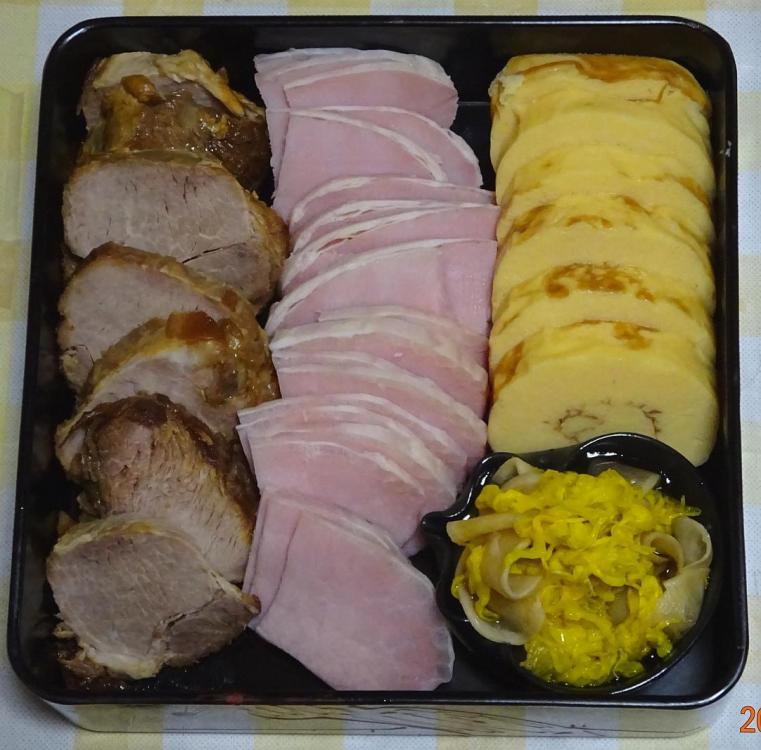
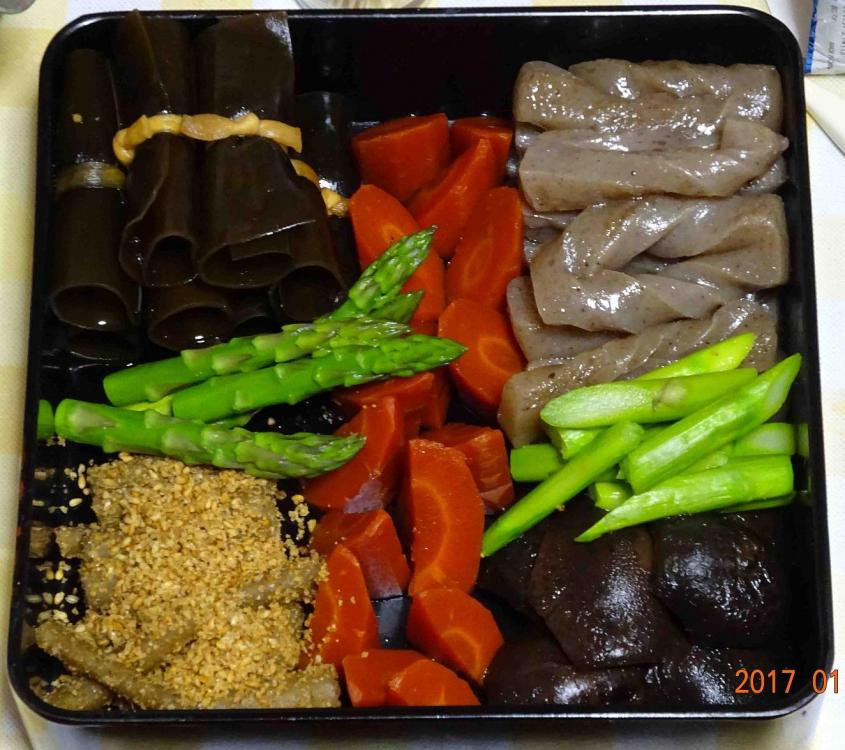

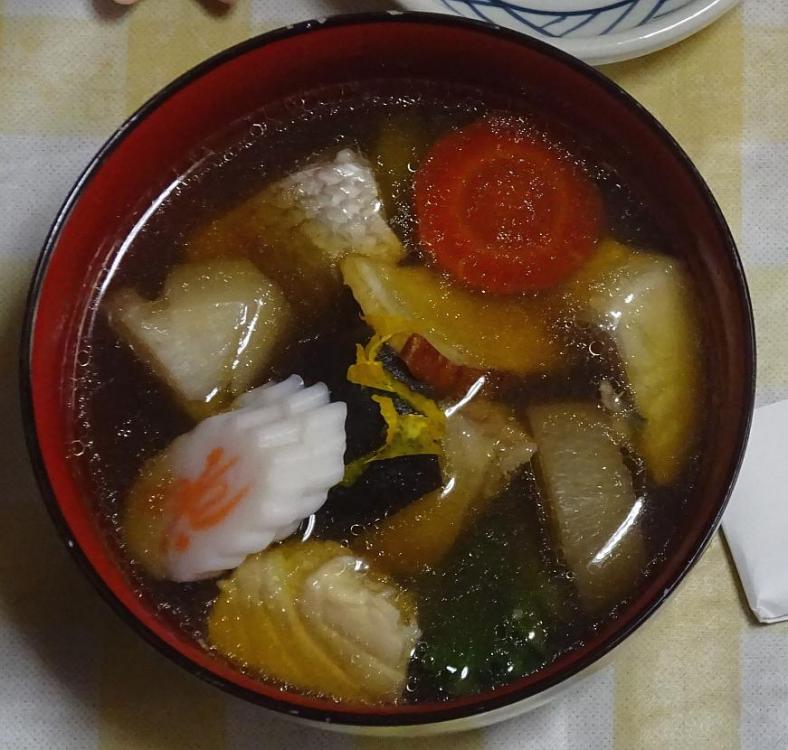

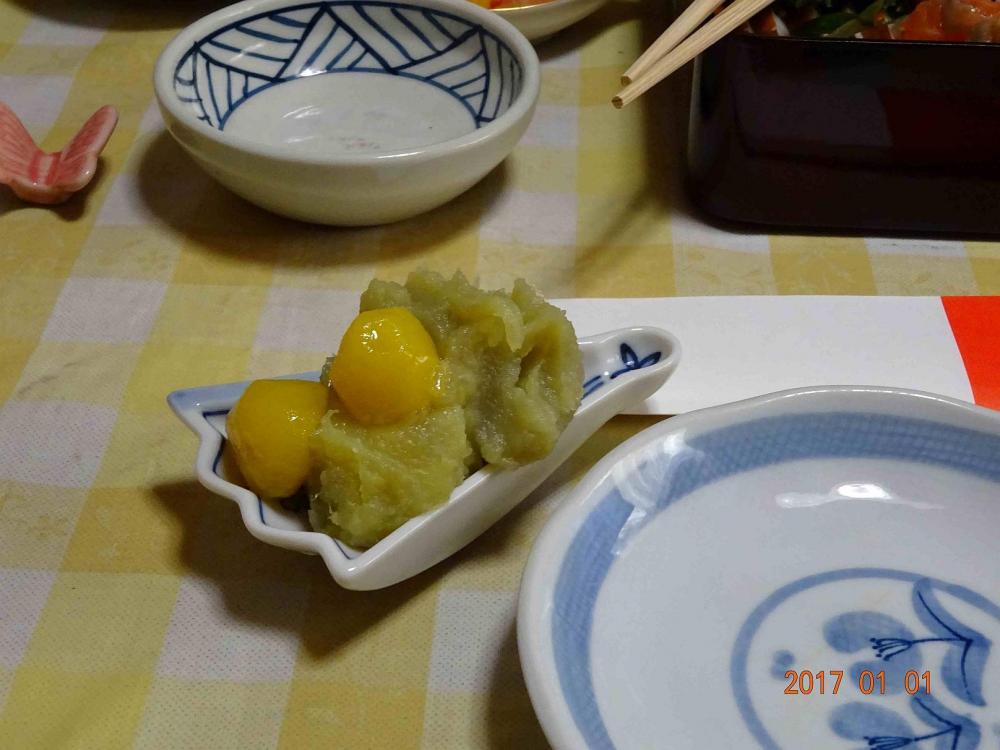

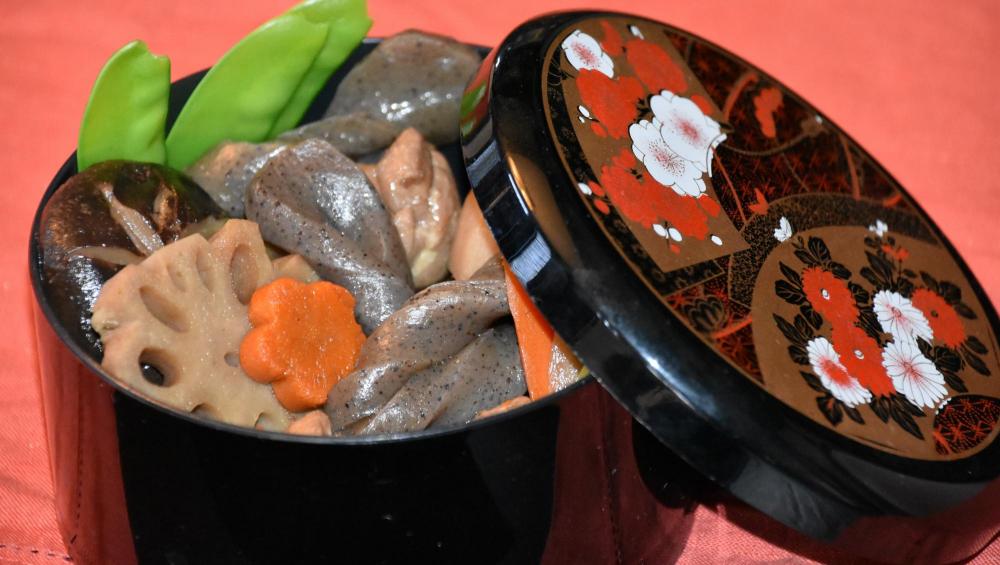
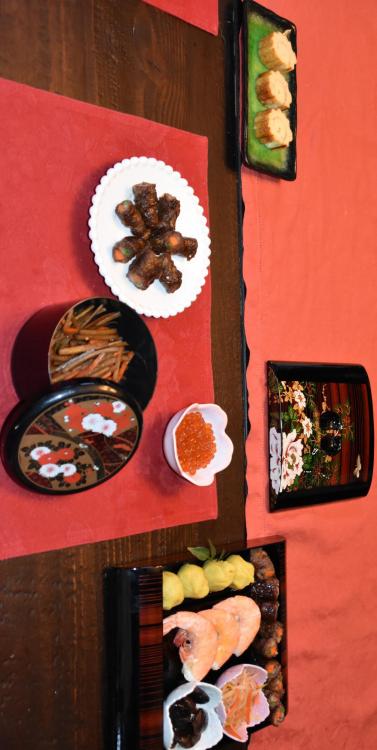
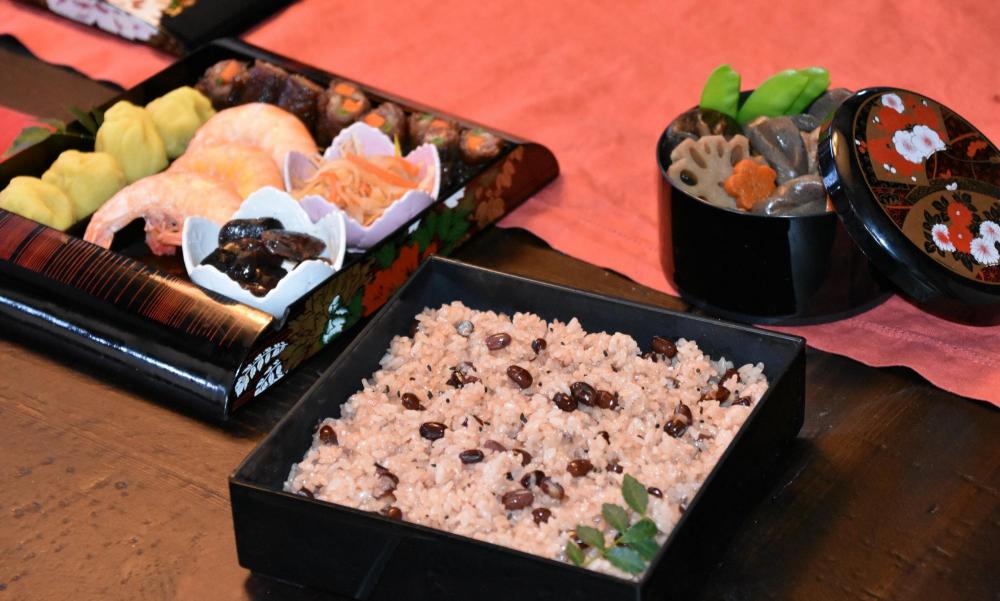


kamaboko
in Japan: Cooking & Baking
Posted